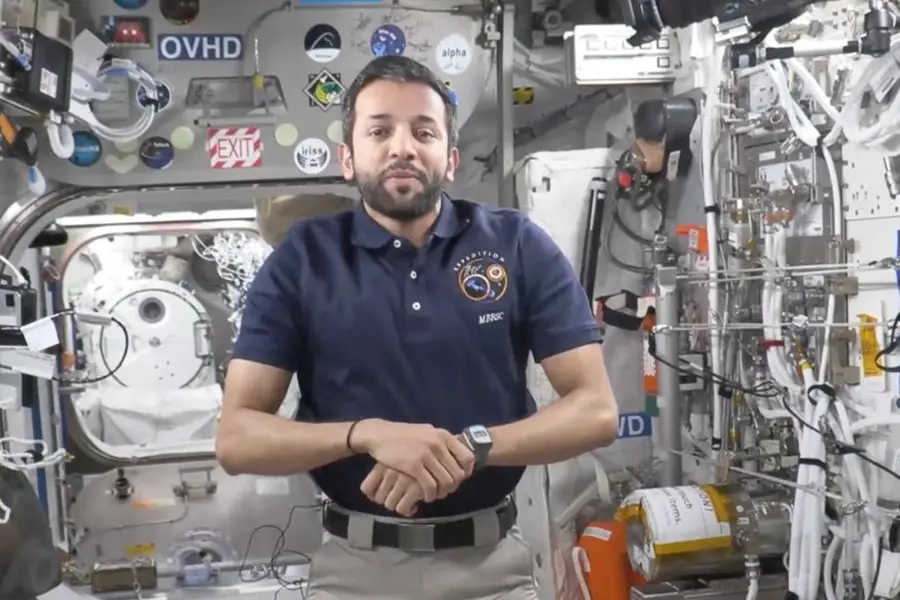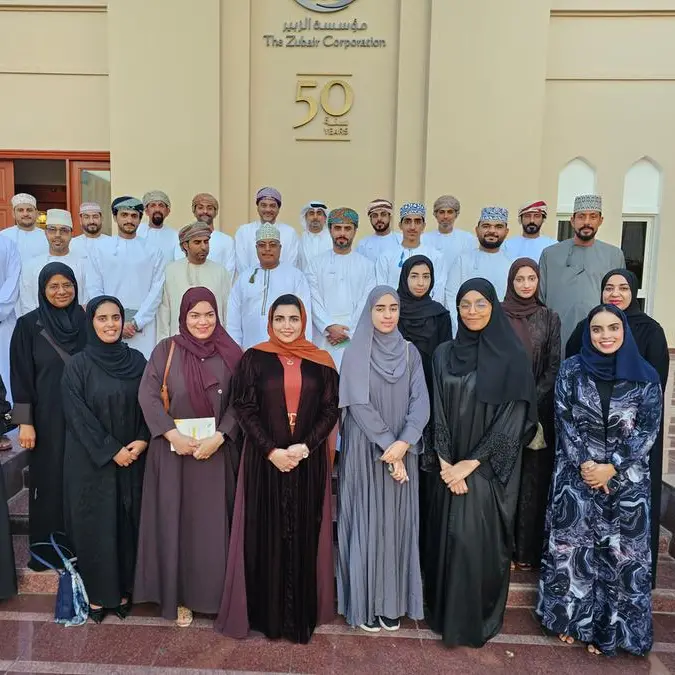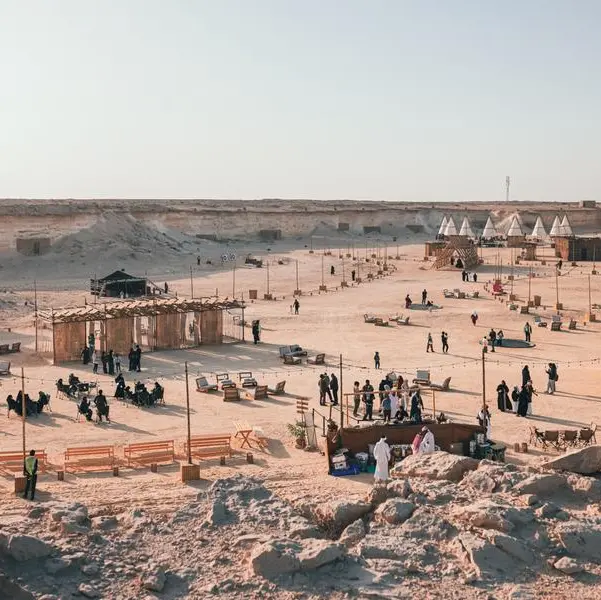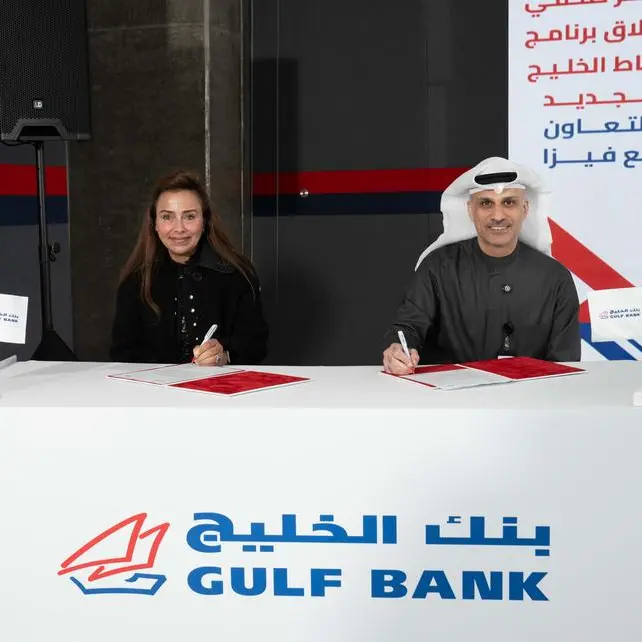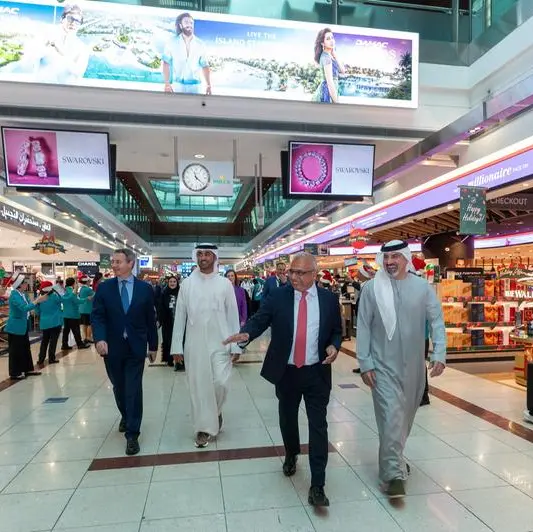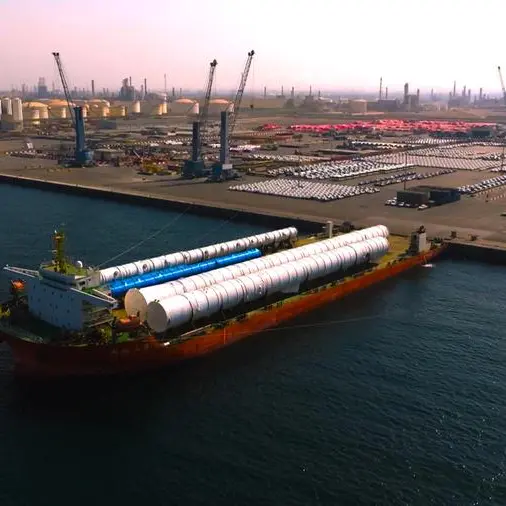PHOTO
- EML pivotal in investigating solidification behaviour and thermophysical properties of electrically conductive metals
- Results of the experiment will aid in improving the quality of metal alloy production and casting on Earth
- Study underscores the value of collaboration in advancing space science
Dubai – UAE: The Mohammed Bin Rashid Space Centre (MBRSC) today unveiled its collaborative efforts with the European Space Agency (ESA) and the German Aerospace Center (DLR) for the Electromagnetic Levitator (EML) Batch 3 study conducted by astronaut Sultan AlNeyadi during his 6-month mission onboard the International Space Station (ISS).
While the results from the EML will provide valuable insights into the solidification behaviour and thermophysical properties of electrically conductive metals, the experiment exemplifies the international cooperation and demonstrates how countries can combine their strengths, expertise, and resources to gain new insights into scientific phenomena and research. The success of this collaboration is a testament to extensive planning, coordination, and mutual trust among the three entities.
Adnan AlRais, Mission Manager, UAE Astronaut Programme, commented on the significance of the study, stating, “What made our collaboration with ESA and DLR for the EML study truly remarkable was the seamless integration of diverse work cultures, expertise, and vision towards a common goal. We are not just understanding metals in space; we are also refining processes back on Earth. With each run, we gain insights that contribute to improving the quality of metal alloy production and casting here on our home planet. The third batch of experiments, in which Sultan participated underscores the importance of such scientific endeavours."
EML is a unique scientific research facility in the Columbus laboratory on the ISS, which allows container-less melting and solidification of samples under ultra-high vacuum or an ultra-clean gaseous environment. Utilising a coil system, these samples are heated and held in an electromagnetic field, facilitating experiments under ideal microgravity conditions, predominantly during the station's night-time when the crew is asleep. This helps the stability of the samples and has a good influence on the quality of the scientific data.
EML's experimental unit, which houses 18 metal samples, will unveil details about thermophysical properties, such as viscosity and surface tension. This comprehensive understanding, backed by precise measurements during the solidification of metals heated to 2,100 degrees Celsius, will steer innovations in many industrial applications, including improving the quality of metal alloy production and casting on Earth. Since its installation on the ISS in 2014, the EML has seen over 2,000 scientific runs, with many more anticipated in the coming years, holding the promise of breakthroughs in metal production on Earth.
“Since 2014, the ISS crew operates the Electromagnetic Levitator (EML) supervised from DLR’s Microgravity User Support Center (MUSC) in Cologne, providing materials scientists with data showing the thermal and physical properties of the specimens uninfluenced by external forces” explains Dr. Jan Gegner, DLR Operations Lead for EML. “Joint research on the ISS is among the biggest peaceful international collaborations ever. The multi-national EML community expresses their thanks to astronaut Sultan AlNeyadi for contributing to successful science operations in the field of materials research under microgravity conditions onboard the ISS.”
By establishing this collaborative venture, the UAE sets a precedent for scientific cooperation in space research, reinforcing its commitment to advancing global knowledge and fostering international partnerships. As the experiment continues to provide valuable insights, it promises to revolutionize metal production techniques on Earth, further solidifying the UAE's role in space exploration and scientific innovation.
The UAE Astronaut Programme is one of the projects managed by MBRSC under the UAE’s National Space Programme and funded by the ICT Fund of the Telecommunications and Digital Government Regulatory Authority (TDRA), which aims to support research and development in the ICT sector in the UAE and promote the country’s integration on the global stage.
For Media Queries:
MBRSC Media Team - mbrsc@quillmena.com
About Mohammed Bin Rashid Space Centre (MBSRC):
MBRSC is an advanced scientific and techbnological hub, responsible for making the UAE a world leader in space services and exploration.
Established in 2006, the Mohammed Bin Rashid Space Centre (MBRSC) started out with five engineers, who took it upon themselves to develop their capabilities and expand their knowledge in the field of space, relying on strong will and solid determination. Since then, the Centre has continued its journey to be the incubator of the “UAE National Space Programme”. MBRSC has undertaken the tasks of building, developing, and operating a number of Earth observation satellites, providing imaging services, analysing and studying them, as well as producing relevant data to scientific communities and research centres around the world. Among the satellites that the centre operates are DubaiSat-1 & DubaiSat-2. The MBRSC is also responsible for KhalifaSat, celebrated as the first satellite that was fully built by Emiratis in 2018. Recently, the Centre revealed its plan to develop the new satellite MBZ-SAT, which is expected to be launched in 2024 and will be the latest in the field of high-resolution imaging from space.
